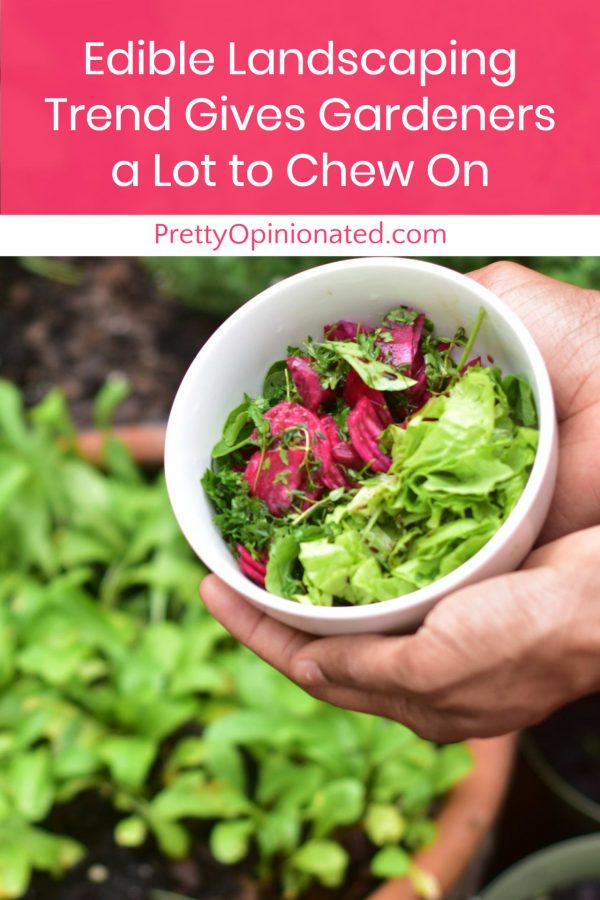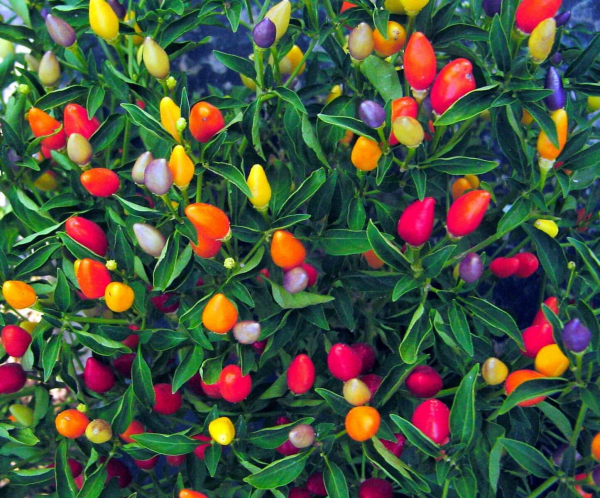The sunny weather and pleasant temperatures of summer mean that many Americans are spending as much time outside as possible. In fact, 51% homeowners who upgrade their outdoor spaces spend upwards of six hours there per week, with gardening being one of the top uses of this space. Gardening can provide a whole host of benefits, from promoting healthy weight loss to staving off physical deterioration. We know that spending time outdoors can ease depression, anxiety, and stress, as well. Even better, landscaping can increase a home’s resale value by 14%, which means gardening can literally pay off.
The real draw for some gardeners, however, is being able to support both local wildlife and the health of your family and neighbors. And that’s exactly what one of the newest gardening trends, known as edible landscaping, is trying to accomplish.
What is Edible Landscaping?
Roughly 48% of homeowners planned to decorate their homes in 2018, but sometimes the ornamentation outside matters even more than what’s inside a home. While overall landscaping can certainly improve curb appeal, edible landscaping is focused on gardening designs that include herbs, fruits, vegetables, nuts, and edible flowers to provide both visual appeal and sustenance. Many edible landscapes also include native plants to support wildlife like bees, butterflies, hummingbirds, and moths.
When done at home, edible landscaping can give homeowners the chance to try out foods they might not find at the grocery store or the opportunity to save money and promote sustainability by providing their own produce. Instead of having a conventional vegetable garden, however, you can work these plants right into your landscaping plans.
- You might grow MicroGreens, which grow no bigger than 1.5 inches long, along with beans, eggplant, artichokes, colorful herbs, edible flowers, berries, and sunflowers (for their seeds!) to showcase the bounty of the earth and incorporate fresh ingredients into your family’s meals.
- Instead of a flowering vine over a pergola, you can opt for grapes.
- You could also add stunning red cabbages in lieu of shrubs or plant some vibrant peppers in pots instead of flowers.
Edible landscaping can also be done on public land in order to beautify neighborhoods, promote community involvement, and provide fresh fruits and vegetables for people in the area.
Edible landscaping isn’t necessarily a new concept, but it’s certainly one that’s starting to catch on. In fact, a number of businesses are trying to “unlawn” America by turning our coveted green-yet-pointless grassy knolls into lush landscapes complete with plants that are used for edible for medicinal purposes. Companies like Natural Born Tillers, Edible Estates, Land Beyond the Sea, HomeHarvest LLC, Backyard Abundance, and others are actively working towards turning boring yards into thriving gardens across the country. One recent study found that lawn maintenance was to blame for a lack of biodiversity in major cities like Boston, Baltimore, Phoenix, and Miami, but edible landscapes improve biodiversity in local habitats and even improve the soil — essential steps for slowing down climate change.
Although some homeowners’ associations are known for being strict when it comes to unconventional landscaping concepts like this, the people who successfully design edible landscapes make sure that the final result is as pretty as it is healthy. The average real estate project might involve up to 86 people, tbu this is a project you could totally do solo. Although very few Americans are farming, the suburbs and even urban plots of land provide the perfect locations for the kinds of landscapes that have the power to support our families, our wildlife, and our planet.





I love the idea of edible landscaping. In many countries, it has been common practice for years to have gardens in the front yard. It’s so practical.